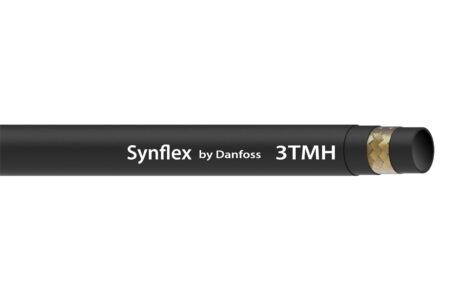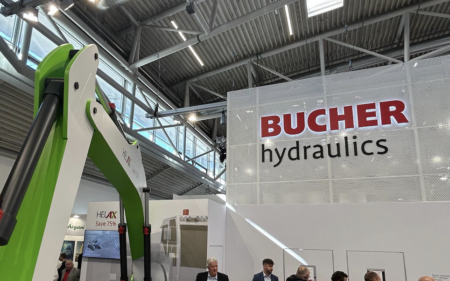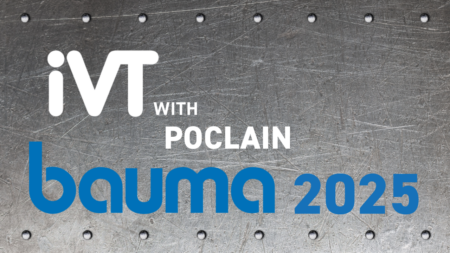When it comes to high performance and extreme environments, equipment can only perform if the system is designed to work seamlessly and efficiently, with all parts working together flawlessly. The high performance requirements placed on engines, hydraulic and fluid systems can only be realised if the fluid is completely clean and free from any debris or foreign body. Thus, the filtration of the fluid as it enters the chamber must meet the highest filtration standards, and is key to maintaining a consistently high performance.
Very often in these types of applications, stainless steel filtration wire mesh is used, due to the high pressures sustained in the fluid. Once the correct mesh is selected, the process of how it is transformed into the finished filter component has a large bearing on the performance, along with the manufacturability and ultimately the cost to the customer.
Forming wire filtration mesh is not like forming metal parts out of sheet metal. As you press it into a shape there will be some deformity of the open area. Is that acceptable? If the corner is too sharp will the mesh tear? How will you form and attach to the rim or end piece? Does it need to be welded, and if so what are acceptable specs for how the weld appears? What pressure must it withstand?
This was the case with the Kawasaki Motocross team. They were looking a filtering solution for their add-on oil cooler system, necessary when the engine is pushed to maximum performance. They had a design in mind, and were simply looking for the mesh and other raw materials to put it together.
Jeremy Robinson, the team’s Motocross Racing Technologist stated “Gerard Daniel said, ‘this is our wheelhouse, this is what we do. What are your design parameters?’ They took our CAD model and modified it to make it manufacturable and perform the best it could. They saved us a lot of time in trial and error. They even included a magnet in the design to pick up any steel debris that might be in the oil.”
Key changes the team made included installing the wire mesh on the outside of the housing to better support the mesh against the oil flow, recessing the mesh to sit flush with the OD, allowing for more filtration surface area, fabricating the filter using resistance welding instead of epoxy and incorporating a seal to eliminate leakage around the mesh.
The design tweaks the Gerard Daniel team implemented meant that the part was easier to manufacture (and therefore reduced the cost) while at the same time enhancing the performance of the oil filter.
Gerard Daniel not only locally manufactures filters in one of their many facilities, they also take care of inventory management and deliver customer programs, minimising a customers’ financial exposure, while ensuring that parts are always on hand for production.
For more information, visit Gerard Daniel at ConExpo booth S80154, website www.gerarddaniel.com or email info@gerarddaniel.com





